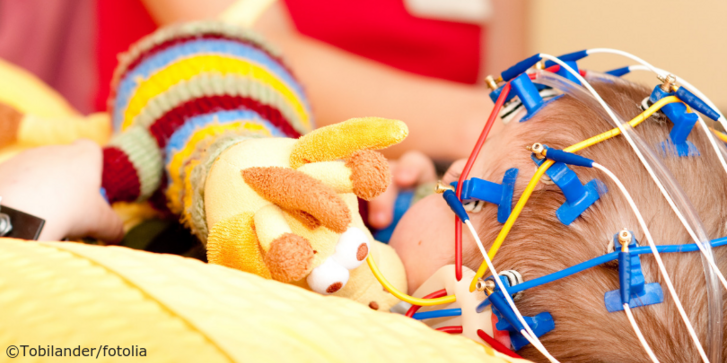
Celiac disease — gluten intolerance
What is celiac disease?
Celiac disease is a disease of the small intestine, which occurs due to the reaction of the immune system to the protein in crops. The disease is also better known as gluten intolerance. “Gluten" comes from the Latin word "gluten" and means a protein that is responsible for the bonding property of grains to bind to water. The first cases of gluten intolerance were described already in antiquity and were called "koiliakós", which in ancient Greek means digestive disorder.
Risk group
The disease is quite common. Today in Germany, a complete clinical picture of celiac disease is observed in at least half a million people. But most likely, this figure is actually much more. Women are more susceptible to the disease than men, and the first symptoms in children may develop during the first year of life.
Human leukocyte antigen molecules are responsible for the excessive reaction of the immune system to the grain protein, i.e., gluten. However, the presence of this antigen in the body doesn’t mean that a person has celiac disease.
How to recognize celiac disease?
In children, symptoms are poorly expressed, so it is difficult to analyze them and only then to diagnose celiac disease. To clarify the clinical picture, it is necessary to take antibody tests in the blood and make a gastroscopy and colonoscopy. Among the symptoms of the disease are abdominal pain, headaches, discomfort and irritation. Small patients who have just recently switched to solid food, such as cereal porridge, bread and breadcrumbs, within a couple of months, develop symptoms such as diarrhea and vomiting, general weakness or bloating of the stomach.
How to treat celiac disease?
Inflammation of the intestines can be reduced only by complete and prolonged abandonment of gluten-containing products. All foods that contain wheat are dangerous: spelt, rye, barley, as well as rarer grains such as farro, triticale, emmer and einkorn wheat.
Gluten also contains grain mixtures, such as semolina, starch, cereal flakes, muesli, breadcrumbs and many semi-finished products. These products include not only bread and pastries, but also pizza and pasta. Gluten can be found even in medicines. It’s also used in the manufacture of stabilizers, emulsifiers, flavor enhancers, thickeners and other food additives. That is why gluten can be found in sausages, ready-made soups, pudding mixes, beer, ketchup, soy sauce, ice cream, spreads, spices, chips and many other products. Before eating such products, you should read their composition and check for "gluten-free" marking.
What can you eat?
The diet of celiac patients consists of untreated products: water, freshly squeezed juices, milk, yogurt, cottage cheese, butter, vegetable oil, meat, fish, tofu, fruits and vegetables, potatoes, rice, eggs and nuts. Cereals can be replaced with millet, amaranth, quinoa, manioc, soybean, buckwheat, corn, chestnut and carob meal. You can eat oats, but make sure that in the ready-to-eat food, such as cookies, oats are not mixed with wheat, rye or barley flour.
With strict adherence to a gluten-free diet, the child will quickly feel an improvement in his general condition. The appetite returns to the children, and after a few weeks, diarrhea passes, because the intestines gradually recover their functions.
Is celiac disease for life?
Celiac disease should be treated, otherwise inflammation of the stomach will affect the mucosa so much that many nutrients will no longer be absorbed. The lack of therapy leads to exhaustion, which in turn provokes slow development and various diseases throughout life. The most effective treatment is the complete rejection of products containing gluten. After a few weeks of a strict gluten-free diet, autoantibodies that cause disease, inflammation of the intestines and other symptoms disappear.
Unfortunately, the disease doesn’t fully go away, which means that patients should spend their whole lives watching the food carefully, so as not to provoke an inflammation of the intestines again.
A small tip: teach your child to eat right from an early age to ensure a carefree life.
Developing a nutrition plan
When it comes to your child's nutrition, be sure to consult a nutritionist who will provide you with scientifically sound recommendations and useful tips on how to make a diet. While your child should certainly enjoy eating, they should also learn what they can and cannot eat. When the family gathers at the table, the child shouldn’t feel disadvantaged, because the diet now becomes a habitual and natural way of eating. And even on such a diet you can find interesting recipes that will please the whole family.
Useful information
Learn more about life with gluten intolerance on the website of the German Community against Celiac disease (german).






